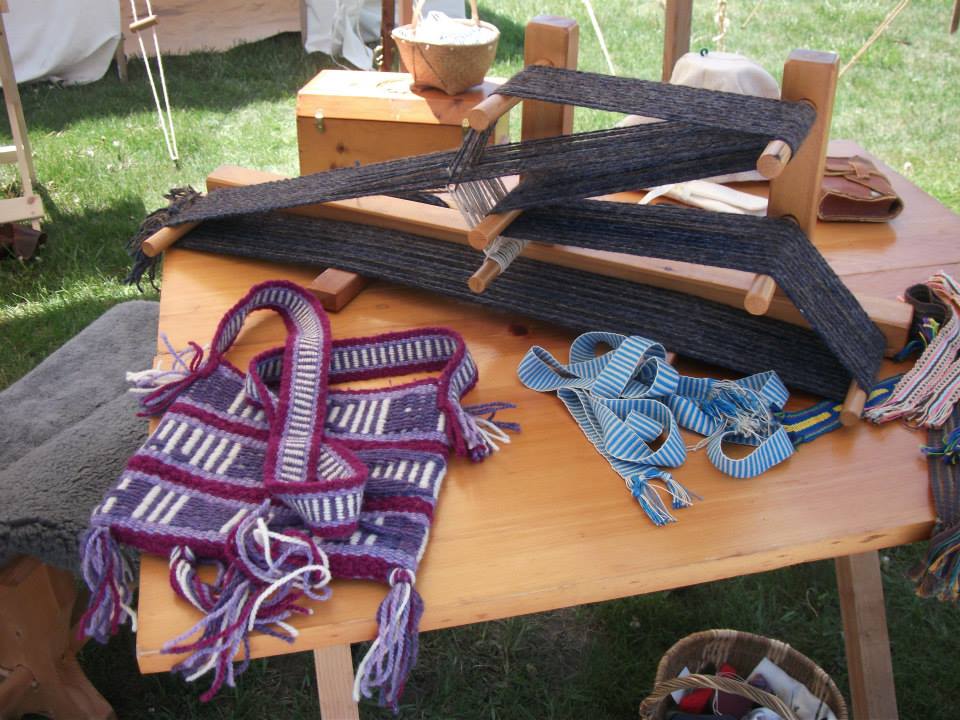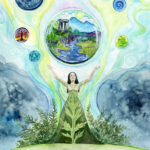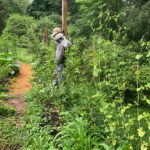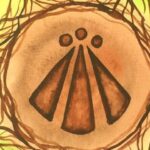A great deal of discussion exists within the sustainability/transition movement concerning the loss of “old” and sustainable skills and the importance of reskilling to help preserve the future and live comfortably in it. The concept of reskilling is a simple one–you learn older skills that allow you some degree of independence and possibly supplemental income, skills such as learning home brewing, seed saving, community-building, maple syurping, weaving textiles, soapmaking, herbalism, papermaking, organic gardening, foraging, hunting, etc., with the understanding that these skills will most likely be quite useful as we enter the long descent in a post-peak oil world. (And regular blog readers will note that I devote a lot of this blog to such skills). Much of the discussion I’ve encountered on reskilling, however, deals with where to learn skills and the lament at the general loss of most of these skills in only a few generations.

If sustainability-focused people, those following druidry or other nature-based spiritual paths, and the like are serious about reskilling and building a more sustainable future, one of the best places to start learning these “lost” skills is with the historical reenactors. Historical reenactment, for those who are unaware, is not just about reskilling, but rather becoming a monument to living history, embodying an earlier time period, learning about the people, the ways of live, the food, the culture, and so much more. In all of my experiences, I have not found the source of better, well-rounded knowledge about the past than in the hands of historical reenactors.

This past weekend, I did my first reenactment “camp” where I stayed with a group of friends for three days and experienced living in the 1750’s (French and Indian War era) at a local reenactment event called the Feast of Ste. Claire. At this feast, I learned about so many different kinds of skills, including cooking over a fire using various forms of iron cookware, various crafts such as weaving and spinning, information on map-making and surveying, woodworking and bucket making, lace making, and much more. I also learned how cold 30 degrees farenheight really is, especially if you are not quite prepared for the cold (my costume, known in the community as “garb” is still in progress and I didn’t have too many period-appropriate cold-weather clothes). I also learned a thing or two about community building. Beyond what I learned, however, I also brought skills and information to our camp and the public who visited our camp, including information on foraging for wild ingredients and on making plant-based inks and dyes. Furthermore, I was able to pick up two items that I have been wanting to aid in reskilling–a loom and a butter churn. I’m going to tell some stories, mainly through pictures, of the skills, and I’ll be blogging in more depth on many of these as I learn more about them in the future.Reenactors preserve and practice a number of skills while at camp; they also prepare a great deal in advance in the way of clothing, food, and craft items. As you walk about the event, you can see so many different skills being practiced, with people who are more than willing to teach you and share information, answering any questions that you have.







If you’ll notice, there is an old loom and a butter churn at the bottom left of the photo above. I ended up purchasing these for $35 from the wood carver here. He said both were sitting in his barn for the last 50 or so years. I’m quite excited to learn how to make butter and also use the loom–I’m sure I’ll be posting about these activities in the future!
Some of the activities that we did in our camp, and which the public was able to enter and ask questions about, were as follows:





I took some of the knowledge from my foraging classes to teach the kids how to make a locally-harvested tea out of red bud, dandelion flowers, wild violets, and pine needles. It was quite tasty!
I want to conclude my post with a short discussion about the difference in politics and focus of sustainability-minded people with historical reenactors. Usually, I don’t find historical reenactors in the sustainability movement to a large extent. The reason for this, I believe, is two-fold. First, reenactors are a bit of a closed community, and unless you know someone, its pretty hard to “break into it” and the terminology and sheer amount of knowledge needed to participate in a meaningful way is not easy to acquire. Second, I’ve found that the reenactors have very different kinds of political leanings from the sustainability folks, so I can see why there isn’t a lot of crossover. To give you an example of this, while the Feast of Ste. Claire was going on, a group of anti-GMO protestors staged a rally at the edge of the park and then walked along the edge of the park with their signs. Most reenactors were confused, at best, or opposed at worst, saying that they didn’t agree with the protestors. I did my best to educate them about issues of seed saving and heirloom seeds, explaining about the kinds of seeds available in the 1750’s vs. now….but it was still a difficult thing because many reenactors are quite conservative. I think this example demonstrates the difference in political leanings and focus of the two groups. The reenactors are very concerned with preserving the past as a general operating mode while the sustainability folks (including many of the GMO protestors, who I had a chance to talk to) were focused on preserving the future. The same skill sets apply either way, however.
And politics aside, this was a weekend well spent in learning a variety of new skills and also gaining the opportunity to share those skills with the public. I would encourage others interested in reskiling to seek out these kinds of events, attend, and learn! Not only did I learn many new skills, I came home with the butter churn and the loom, which I am very excited about!
*Thank you to my friend Debbie for taking so many great pictures and allowing me to use them here.*



Sounds like it was really cool! Would be interested in attending in the future. Also, very informational about the politics involved:)
Or, a druid, a deist/Discordian, and three Christians go camping… 🙂
Are their iron age reenactor groups in your part of the world? There is one in the South of England called Brigantia:
http://ironage-history.com/brigantia/about.htm
As far as I know, no. But I would love to find one!!!! 🙂